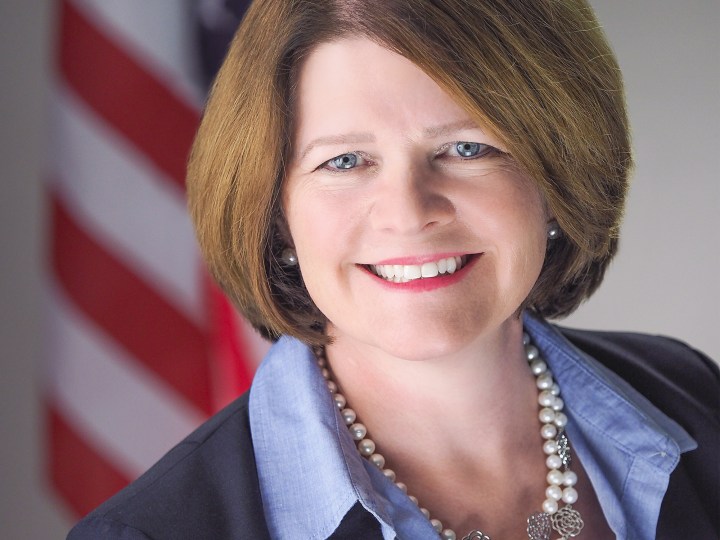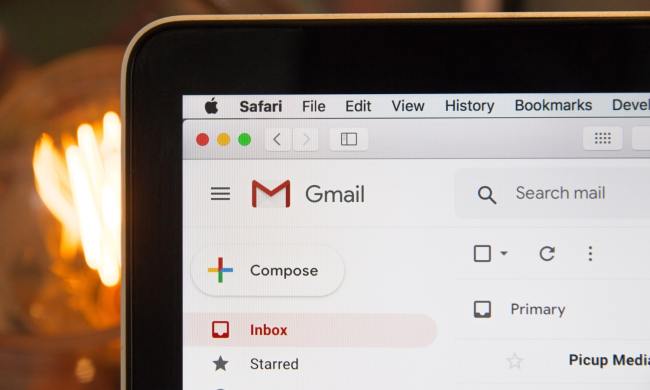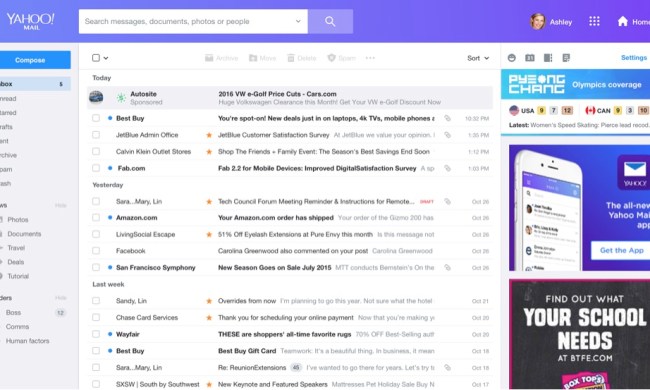
As much as the tech industry likes to try and create new standards, it has often taken external pressure and legislation for that to take shape — such as in the case of MicroUSB phone chargers. In the wake of hacks and security concerns with a number of IoT devices, many tech analysts and companies have called for a standardization of certain features, but that’s not something Ohlhausen wants to take a part in. At least not yet.
For Ohlhausen, there isn’t enough evidence to suggest that the IoT market needs that sort of governmental regulation. Instead, she’d rather wait and see how it evolves naturally.
“We’re saying not ‘Let’s speculate about harm five years out,’ but ‘Is there something happening that harms consumers right now or is likely to cause harm to consumers,’” she said during a conference of digital security specialists earlier this week (via The Guardian).
She went on to argue that a harm to consumers had yet to be demonstrated by a lack of standardization in the IoT industry. Some analysts argue that it has, highlighting the DDOS attack against internet management firm Dyn in late 2016, which leveraged millions of IoT-connected devices, such as smart cameras, to bombard its DNS servers with traffic.
The attack caused the very foundations of many of the most popular internet services to shake and in some cases cease working. It’s that danger from poorly secured IoT devices that analysts believe means the industry needs regulation and standards.
Ohlhausen separately defended the practice of using big data to direct those deemed to have more expendable income to worse deals online. Using consumer data such as the type of hardware they are browsing on to recommend pricier deals was something that encouraged competition, she argued, highlighting that it could also mean those with less money may get better deals because of it.



